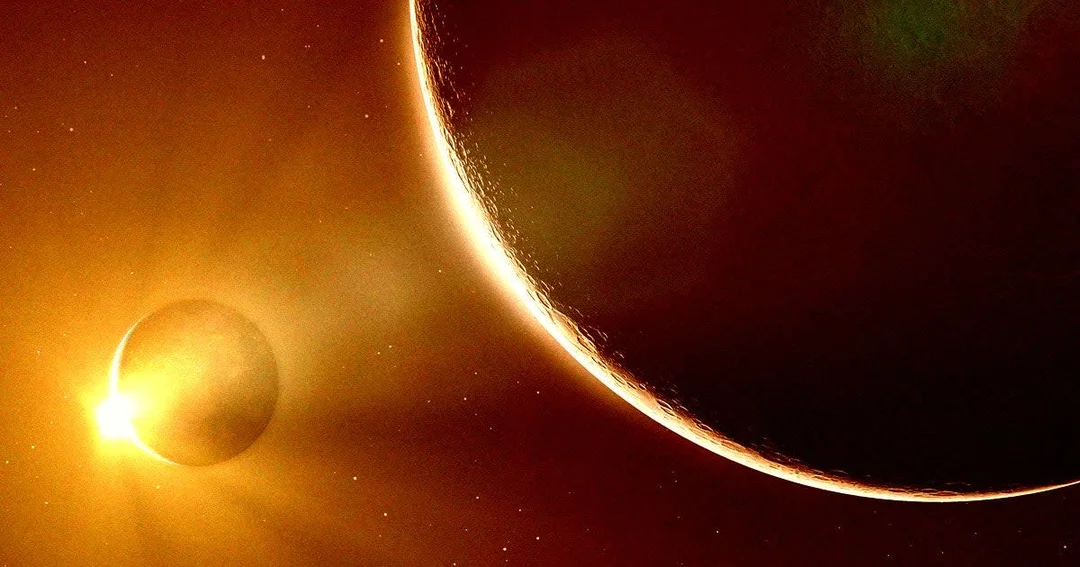
Astronomers Discover Potential Dwarf Planet 2017 OF201 with a 25,000-Year Orbit: An Extreme Cousin of Pluto?
A team of astronomers has discovered a fascinating trans-Neptunian object (TNO), 2017 OF201, lurking in the distant reaches of our solar system. Could this be a new dwarf planet? With an incredibly elongated orbit that takes 25,000 years to complete, this "extreme cousin" of Pluto is challenging our understanding of the outer solar system.
The newly discovered object, detailed in a paper posted on arXiv.org, stands out for its unusual orbit and significant size. According to Dr. Sihao Cheng, an astronomer at the Institute for Advanced Study and Perimeter Institute, 2017 OF201's aphelion (the farthest point from the Sun) is more than 1,600 times the Earth's orbital distance. Meanwhile, its perihelion (the closest point to the Sun) is 44.5 times the Earth's, similar to Pluto's own orbit.

This extreme orbit suggests a complex history of gravitational interactions. “It must have experienced close encounters with a giant planet, causing it to be ejected to a wide orbit,” explained Dr. Eritas Yang, a Princeton University astronomer. The object may have even been ejected to the Oort cloud, the most distant region in our solar system, before finding its current path.
One of the most intriguing aspects of 2017 OF201 is its potential impact on the Planet Nine hypothesis. Many extreme TNOs appear to cluster in specific orientations, leading some to believe that a hidden planet is gravitationally shepherding them. However, 2017 OF201 deviates from this clustering, potentially challenging this idea. As Dr. Jiaxuan Li from Princeton University notes, the existence of this outlier could mean that other factors are at play in shaping the orbits of these distant objects.
Estimated to be around 700 km in diameter, 2017 OF201 could qualify as a dwarf planet. Its size, combined with its unique orbit, makes it a crucial piece in the puzzle of the outer solar system. The discovery highlights how much we still have to learn about our own celestial neighborhood.
The object was identified through painstaking work using images from the Victor M. Blanco Telescope and the Canada France Hawaii Telescope (CFHT). It took seven years and nineteen different exposures to confirm its existence. Dr. Cheng emphasizes just how difficult it is to detect such objects: “2017 OF201 spends only 1% of its orbital time close enough to us to be detectable. The presence of this single object suggests that there could be another hundred or so other objects with similar orbit and size; they are just too far away to be detectable now.”
The discovery of 2017 OF201 is a reminder that, despite advances in telescope technology, there is still a great deal to uncover about our solar system. What other unseen objects lurk in the depths of space? Will further observations of 2017 OF201 help us confirm its status as a dwarf planet?
Share your thoughts and theories in the comments below! What do you think about the possibility of more undiscovered dwarf planets in our solar system?